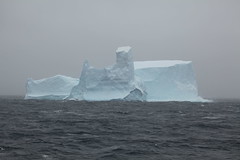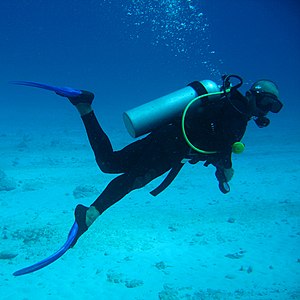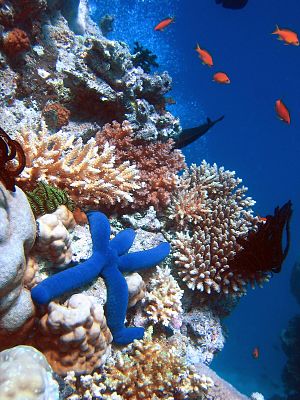Tony Haymet, Director of Scripps Institution of Oceanography, Vice Chancellor for Marine Sciences-
Co-chair BioMarine since 2008 shares his views on the future of aquaculture.
Sustainable aquaculture is poised to boom in many parts of the globe.
In April 2011, I had the opportunity to visit – for the first time –
underutilised catfish farms near the Mississippi River. Many exciting
futures were discussed, but I found myself wondering how often the ponds
would be flooded. As it happened, a month later, the farms were
underwater.
As the physicist Niels Bohr wryly pointed out, “prediction is always
difficult, especially when it is about the future”. Statistically
reliable predictions are required in many regions for aquaculture in
order to estimate and amortise risk.
But aquaculture is far from alone. For many commercial activities, in
addition to requiring the best science, our community is increasingly
asking demanding questions on the prediction of the natural world. What
useful chemicals will be discovered from the ocean and ocean mud? Will
the steady trend in movement of California precipitation from snow to
rain continue, or accelerate? What is the average recurrence time for
earthquakes under or near California’s nuclear reactors? Will the sea
level continue to rise at its current rate, or faster, or slower? Is
methane gas leaking from fracking operations? From a given library of
10,000 marine compounds, how many useful pharmaceuticals may be
expected?
Routinely scientists and engineers are criticised for the style of
their estimates, relying as we do on “probability distribution
functions” rather than “yes or no” responses. My colleagues in climate
sciences are often asked to making predictions about future levels of
ocean acidity, global temperature, and –yes – river flow. Of course, no
one knows, nor can they know precisely. Despite our very advanced
understanding of the spectroscopy of trapping heat in the planetary
atmosphere, we really don’t know how much CO2 and other greenhouse gases
and particulates our communities will emit over the next 50 to 100
years. Although there is no apparent sign of it today, we just might
come to our senses and emit less!
Our geophysicists are frequently asked to tell the world when the
“big one” will happen. They are correctly hesitant to do so, or even to
frame earthquake analysis in terms of prediction. Still their work has
been invaluable as a spur to preparedness. One team, for example, has
detected a pattern of regularly spaced quakes in the Southern California
segment of the San Andreas Fault but has noted that we are currently
several decades “overdue” for the next instalment. With some
breathtaking science, they attributed the delay to the diminishing
weight load of the Salton Sea, an evaporating lake located 130 miles to
the east of my office at Scripps Institution of Oceanography, UC San
Diego. Now this same team is getting ready to survey the faultlines
adjacent to the San Onofre nuclear power plant located in north San
Diego County.
These researchers have done much to characterise the next quake we
can expect from this region – temporally and spatially – and have
succeeded in managing expectations of their predictive prowess. At least
I hope so. Who can forget that Italian scientists were charged with
manslaughter in 2011 for (in my own words) not successfully predicting a
quake that killed 308 people in 2009. Who knows if this sort of
reaction will reach California when the next catastrophic quake hits?
Quite properly, scientists and engineers respond with “if … then”
scenarios, along the lines of “if we emit this many gigatons of
CO2-equivalent, and this level of black carbon soot, we can expect this
range of warming”. It is remarkable how often scientists and engineers
are criticised harshly for responding responsibly using the “if …then”
format. And yet I confidently predict that this state of things will not
change soon.
Institutions such as my own will have to gear up to handle more
frequent requests for larger-scale predictions. I believe that we are up
to the task of helping society manage its future, but we all have a
role in keeping expectations reasonable.
Read more about Tony Haymet here.

























